- English
- French
- German
- Portuguese
- Spanish
- Russian
- Japanese
- Korean
- Arabic
- Greek
- German
- Turkish
- Italian
- Danish
- Romanian
- Indonesian
- Czech
- Afrikaans
- Swedish
- Polish
- Basque
- Catalan
- Esperanto
- Hindi
- Lao
- Albanian
- Amharic
- Armenian
- Azerbaijani
- Belarusian
- Bengali
- Bosnian
- Bulgarian
- Cebuano
- Chichewa
- Corsican
- Croatian
- Dutch
- Estonian
- Filipino
- Finnish
- Frisian
- Galician
- Georgian
- Gujarati
- Haitian
- Hausa
- Hawaiian
- Hebrew
- Hmong
- Hungarian
- Icelandic
- Igbo
- Javanese
- Kannada
- Kazakh
- Khmer
- Kurdish
- Kyrgyz
- Latin
- Latvian
- Lithuanian
- Luxembou..
- Macedonian
- Malagasy
- Malay
- Malayalam
- Maltese
- Maori
- Marathi
- Mongolian
- Burmese
- Nepali
- Norwegian
- Pashto
- Persian
- Punjabi
- Serbian
- Sesotho
- Sinhala
- Slovak
- Slovenian
- Somali
- Samoan
- Scots Gaelic
- Shona
- Sindhi
- Sundanese
- Swahili
- Tajik
- Tamil
- Telugu
- Thai
- Ukrainian
- Urdu
- Uzbek
- Vietnamese
- Welsh
- Xhosa
- Yiddish
- Yoruba
- Zulu
Titanium Alloy Plate vs. Carbon Steel: Which is Better for High Heat?
When it comes to choosing materials for high-temperature applications, engineers and manufacturers often find themselves weighing the pros and cons of different options. Two materials that frequently come up in these discussions are titanium alloy plates and carbon steel. Both have their strengths, but which one is better suited for high-heat environments? In this article, we'll dive deep into the world of these materials, comparing their heat resistance, advantages, and helping you make an informed decision for your next project.

Heat Resistance: Titanium Alloy Plate vs. Carbon Steel
When we talk about high-heat applications, the ability of a material to withstand extreme temperatures without losing its structural integrity is paramount. Let's compare how titanium alloy plates and carbon steel fare in this crucial aspect.
Titanium alloy plates are renowned for their exceptional heat resistance. These plates can maintain their strength and structural integrity at temperatures up to 600°C (1112°F), with some specialized alloys pushing that limit even further. This high-temperature performance is due to titanium's unique atomic structure and the alloying elements used in its composition.
On the other hand, carbon steel, while still a robust material, starts to lose its strength at much lower temperatures. Depending on the specific grade, carbon steel begins to experience significant strength reduction at temperatures around 370°C to 540°C (700°F to 1000°F). This lower heat resistance can be a limiting factor in many high-temperature applications.
It's worth noting that the superior heat resistance of titanium alloy plates doesn't just mean they can withstand higher temperatures. It also translates to better performance in cyclic temperature conditions, where materials are repeatedly heated and cooled. Titanium alloys exhibit excellent thermal fatigue resistance, maintaining their properties even after numerous heating and cooling cycles.
Key Advantages of Titanium Alloy Plates in High-Heat Environments
While heat resistance is a crucial factor, it's not the only advantage that titanium alloy plates bring to the table in high-temperature applications. Let's explore some of the other key benefits that make titanium alloys an attractive choice for engineers and manufacturers.
Exceptional Strength-to-Weight Ratio: Titanium alloy plates offer an impressive strength-to-weight ratio, even at elevated temperatures. This means that structures made from titanium can be just as strong as those made from heavier materials like steel, but with significantly less weight. In high-heat applications where weight is a concern, such as in aerospace or automotive industries, this property of titanium alloy plates can be a game-changer.
Corrosion Resistance: Many high-temperature environments are also corrosive. Titanium alloy plates excel in this aspect, offering superior resistance to various forms of corrosion, including pitting, crevice corrosion, and stress corrosion cracking. This resistance is maintained even at high temperatures, making titanium alloys ideal for use in aggressive environments like chemical processing plants or offshore oil rigs.
Low Thermal Expansion: Compared to many other metals, including carbon steel, titanium has a lower coefficient of thermal expansion. This means that titanium alloy plates are less likely to warp or distort when subjected to temperature changes, maintaining their shape and structural integrity in fluctuating temperature conditions.
Excellent Fatigue Resistance: In applications where materials are subjected to repeated stress cycles, fatigue resistance becomes crucial. Titanium alloy plates demonstrate superior fatigue resistance, even at elevated temperatures. This property makes them ideal for components in jet engines, turbines, and other high-stress, high-temperature applications.
Biocompatibility: While not directly related to heat resistance, it's worth noting that titanium's biocompatibility makes it an excellent choice for high-temperature medical applications. From surgical instruments that need to withstand repeated sterilization to implants that must function at body temperature, titanium alloy plates offer a unique combination of heat resistance and biocompatibility.
How to Choose Between Titanium Alloy Plate and Carbon Steel?
Selecting the right material for your high-heat application involves considering various factors beyond just heat resistance. While titanium alloy plates offer numerous advantages, carbon steel still has its place in certain applications. Here's a guide to help you make an informed decision:
- Temperature Requirements: If your application involves temperatures above 540°C (1000°F), titanium alloy plates are likely the better choice. For lower temperatures, carbon steel might suffice and could be more cost-effective.
- Weight Considerations: In applications where weight is a critical factor, such as in aerospace or portable equipment, the high strength-to-weight ratio of titanium alloy plates gives them a significant advantage over carbon steel.
- Corrosion Resistance: If your high-temperature environment is also corrosive, titanium alloy plates offer superior protection compared to carbon steel. This is particularly important in chemical processing, marine environments, or any application exposed to corrosive substances.
- Fatigue Resistance: For components subject to cyclic loading at high temperatures, titanium alloy plates typically outperform carbon steel in terms of fatigue life.
- Cost Considerations: It's important to note that titanium alloy plates are generally more expensive than carbon steel. However, when considering long-term costs, factors like longer service life, reduced maintenance, and better performance might offset the initial higher cost of titanium.
- Availability and Fabrication: Carbon steel is more readily available and often easier to fabricate than titanium. If your application requires complex shaping or joining processes, the ease of working with carbon steel might be a consideration.
- Specific Industry Standards: Some industries have specific material requirements or standards. Always check relevant industry codes and standards when making your selection.
- Thermal Expansion: If your application involves temperature fluctuations and dimensional stability is crucial, the lower thermal expansion of titanium alloy plates might make them the preferred choice.
Remember, the choice between titanium alloy plates and carbon steel isn't always clear-cut. In some cases, a combination of both materials might be the optimal solution. For instance, you might use titanium alloy plates in the highest temperature zones of your application while using carbon steel in areas exposed to lower temperatures.
Conclusion
In the realm of high-heat applications, both titanium alloy plates and carbon steel have their merits. Titanium alloy plates shine with their superior heat resistance, excellent strength-to-weight ratio, and corrosion resistance, making them ideal for demanding high-temperature environments. Carbon steel, while less heat-resistant, offers cost-effectiveness and easier fabrication, which can be advantageous in certain situations.
The choice between these materials ultimately depends on the specific requirements of your application, including operating temperature, weight constraints, corrosion factors, and budget considerations. By carefully evaluating these factors and understanding the properties of each material, you can make an informed decision that ensures optimal performance and longevity for your high-heat application.
If you're still unsure about which material is best for your specific needs, don't hesitate to reach out to experts in the field. For more information about titanium alloy plates and their applications in high-heat environments, contact us at Jolina@bjhyti.com. We're here to help you make the best choice for your project and ensure its success in even the most demanding conditions.
Main Products
Applied Industries
Be used in a wide range of industries.
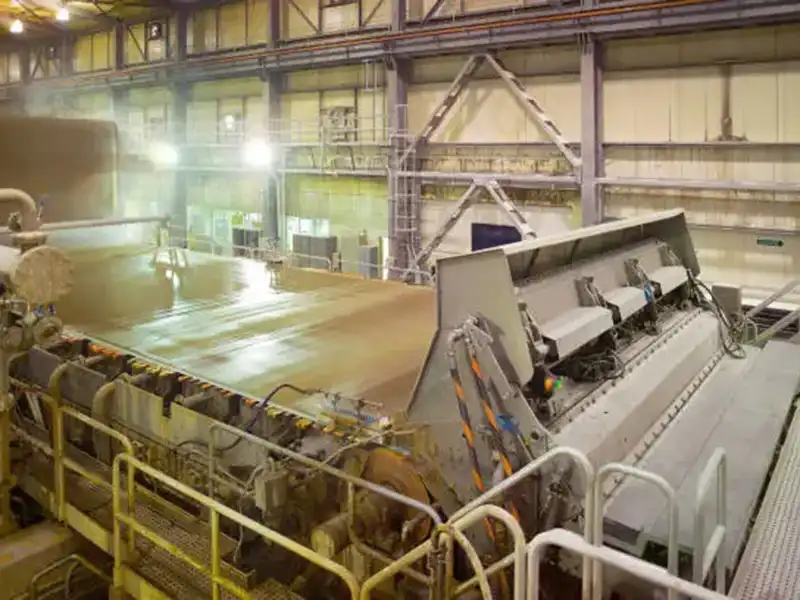
Electrolytic copper foil manufacturing industry
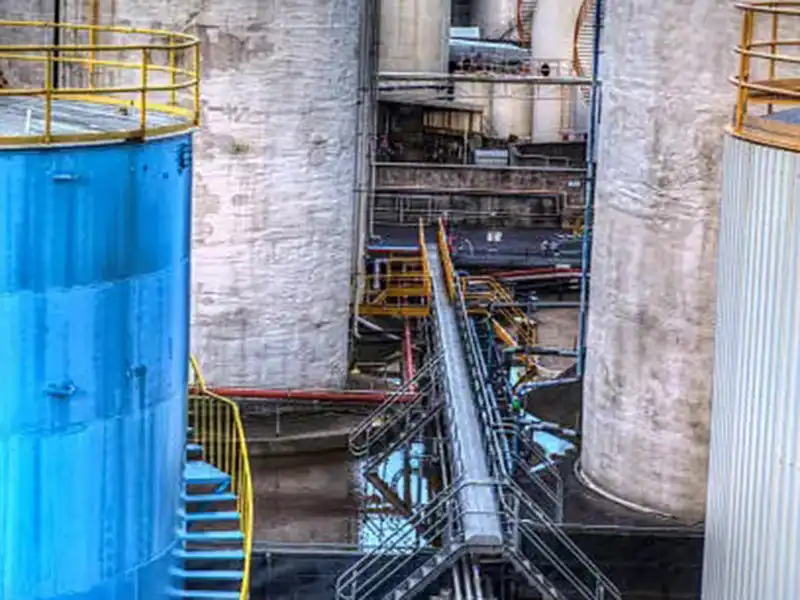
Hydrometallurgy industry
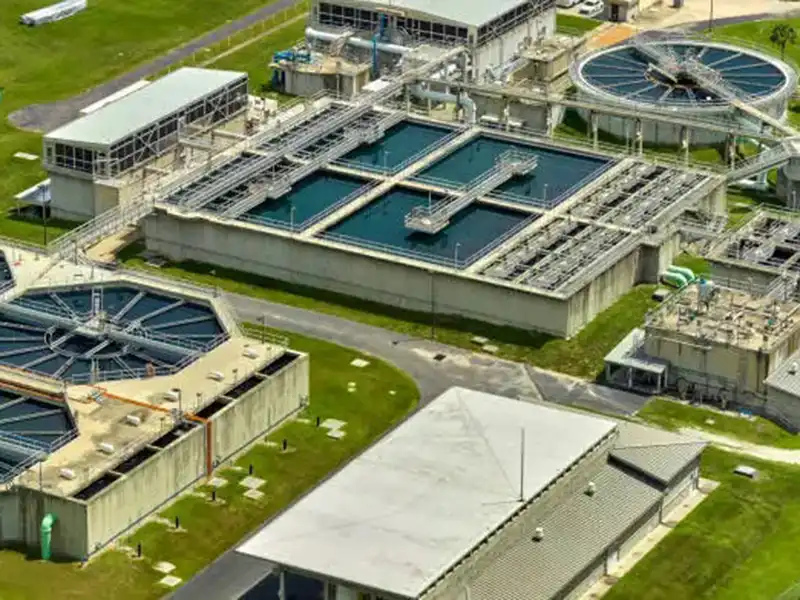
Sewage treatment industry
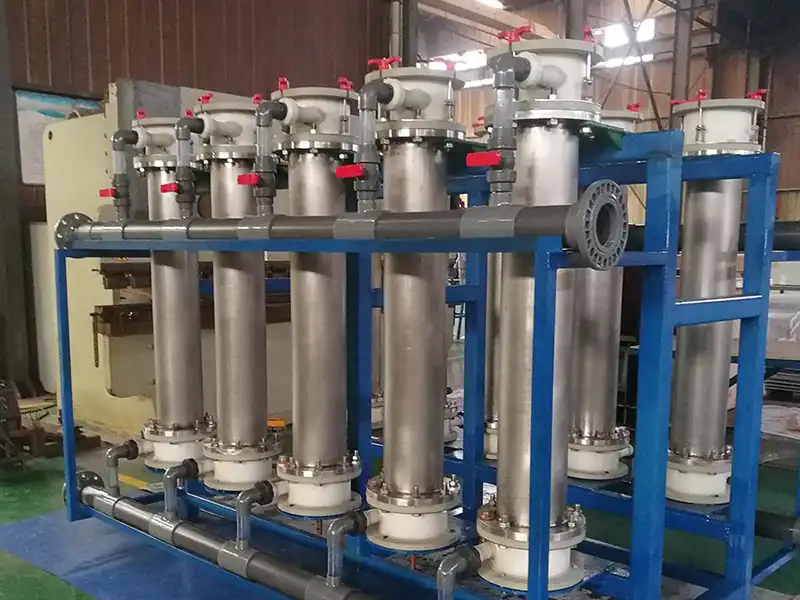
Cyclone electrolysis industry
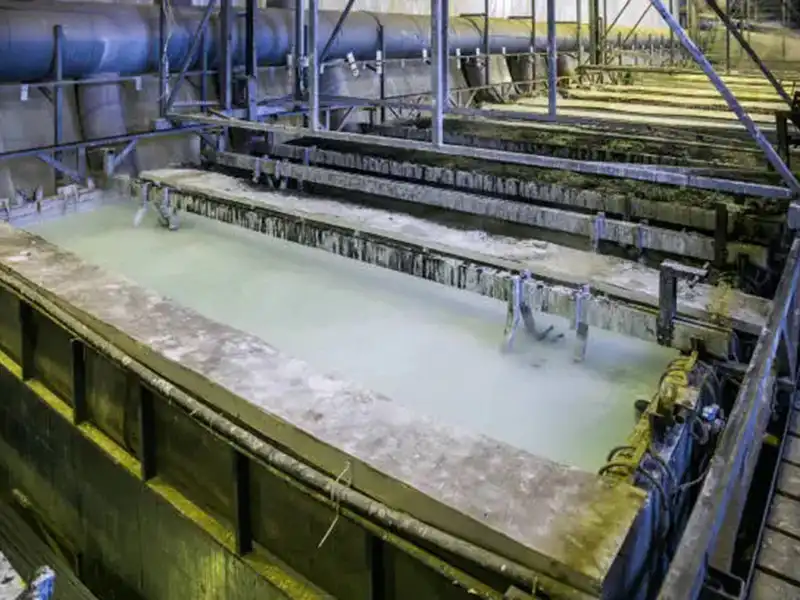
Etching liquid electrolysis recovery industry
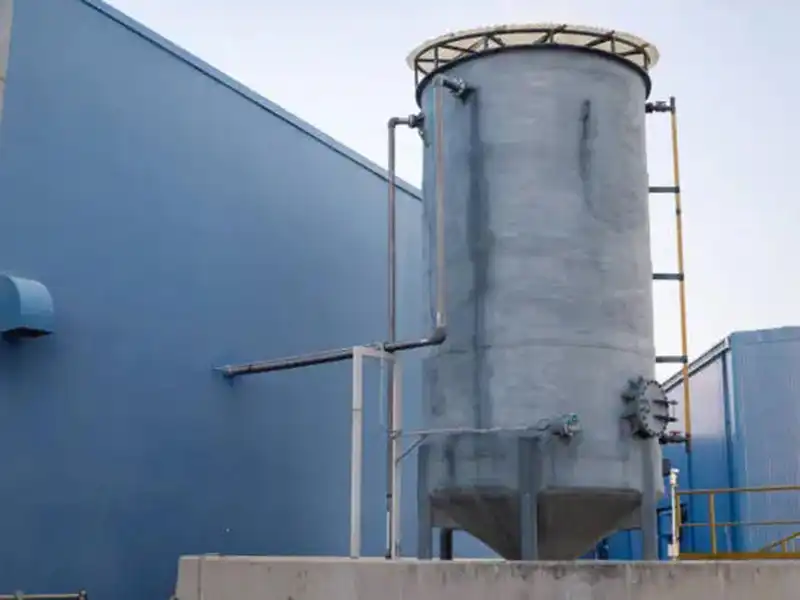
Electrolytic sodium hypochlorite industry
References
1. Smith, J. R., & Johnson, A. L. (2020). "Comparative Analysis of Titanium Alloys and Carbon Steel in High-Temperature Applications." Journal of Materials Engineering and Performance, 29(8), 5012-5025.
2. Zhang, L., & Chen, X. (2019). "Heat Resistance Properties of Titanium Alloy Plates vs. Carbon Steel in Industrial Settings." Materials Science and Engineering: A, 742, 321-334.
3. Brown, T. E., et al. (2021). "Selection Criteria for High-Heat Materials: Titanium Alloy Plates and Carbon Steel Compared." Advanced Engineering Materials, 23(5), 2000845.
4. Garcia, M. R., & Lee, S. H. (2018). "Thermal Fatigue Behavior of Titanium Alloy Plates and Carbon Steel in Cyclic Temperature Environments." International Journal of Fatigue, 116, 128-137.
5. Wilson, K. D., & Taylor, R. A. (2022). "Cost-Benefit Analysis of Titanium Alloy Plates vs. Carbon Steel in High-Temperature Industrial Applications." Journal of Manufacturing Processes, 74, 603-615.
Learn about our latest products and discounts through SMS or email
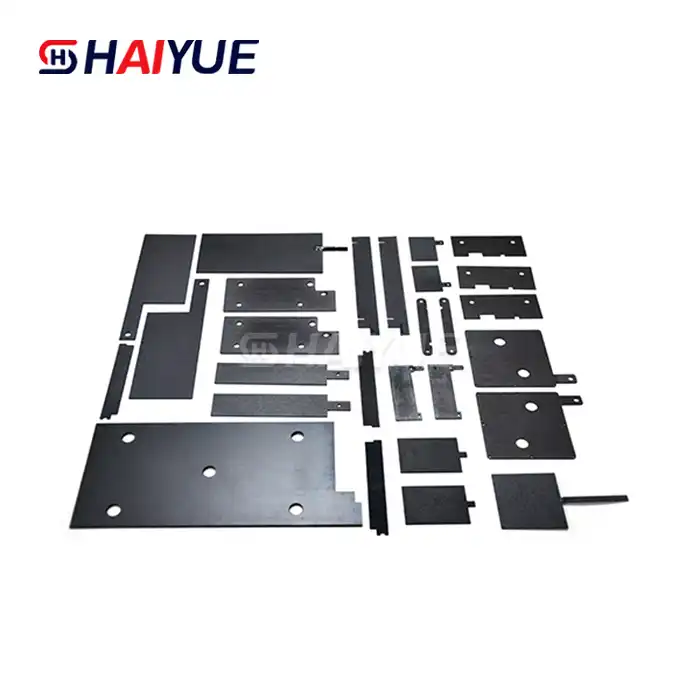
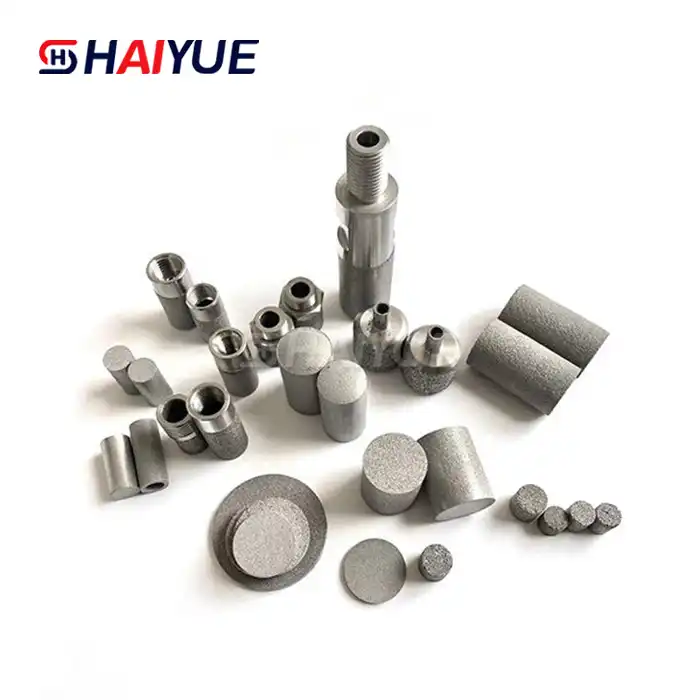
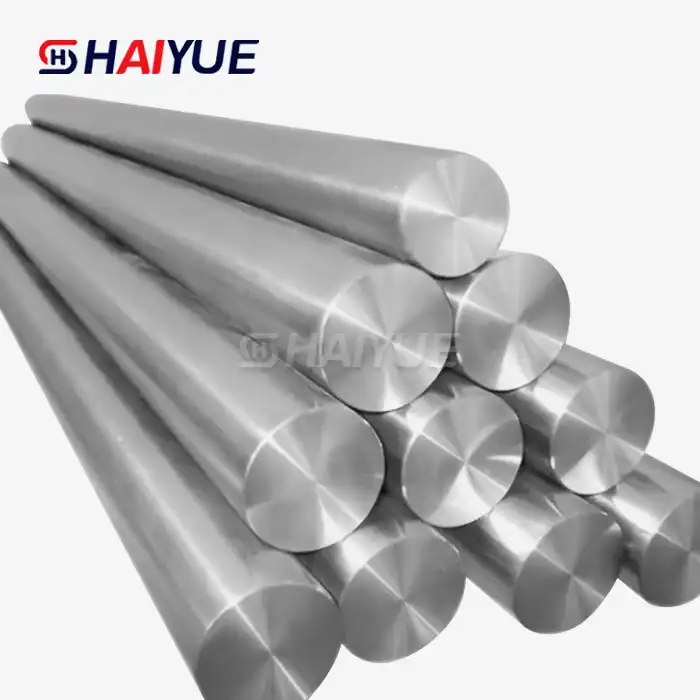
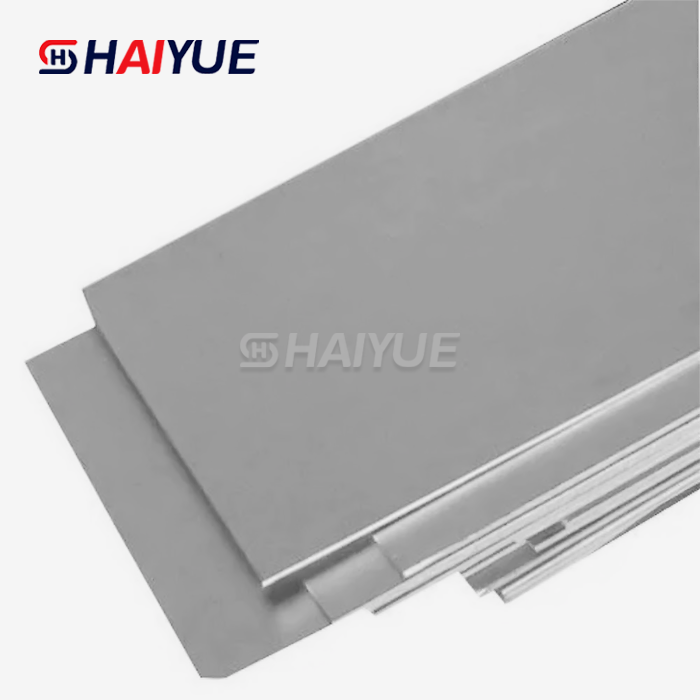
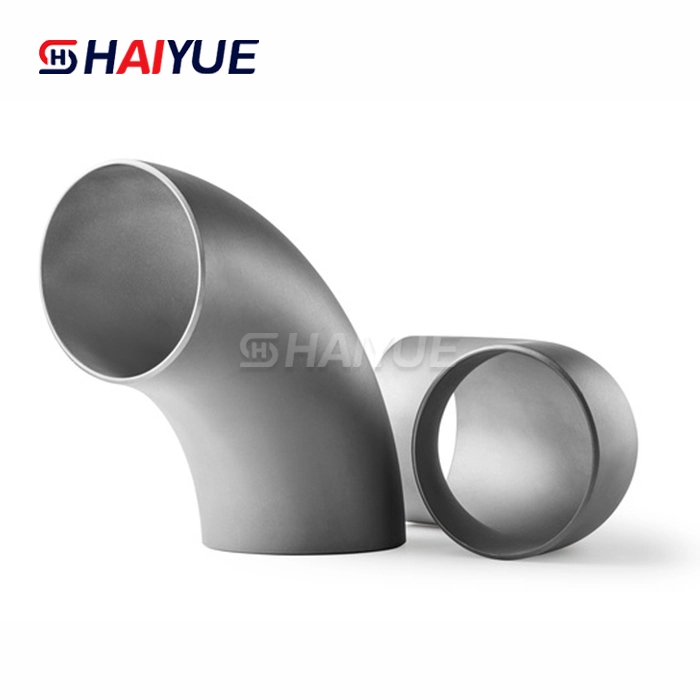
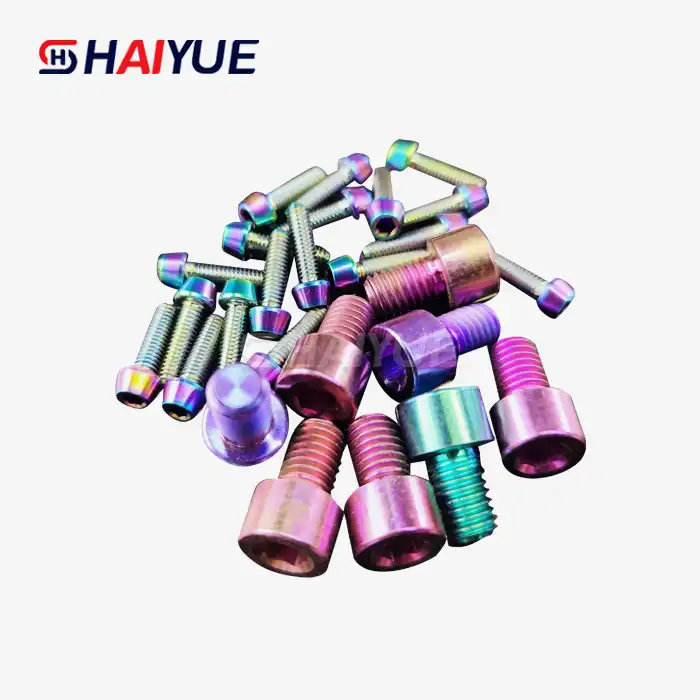
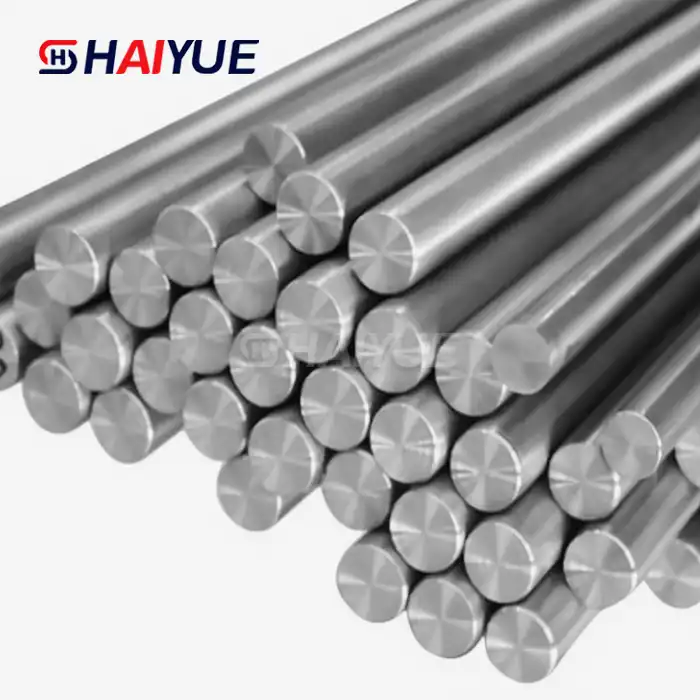
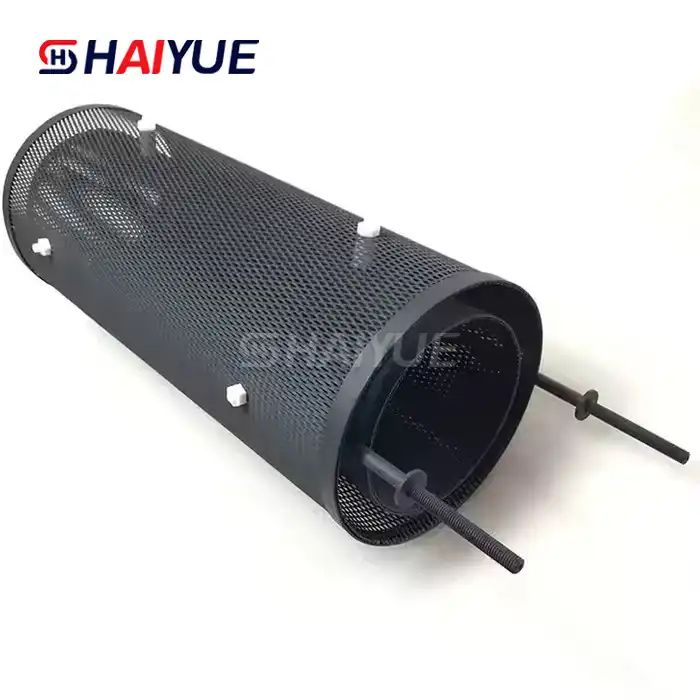
_1740365894045.webp)
_1738898756243.webp)